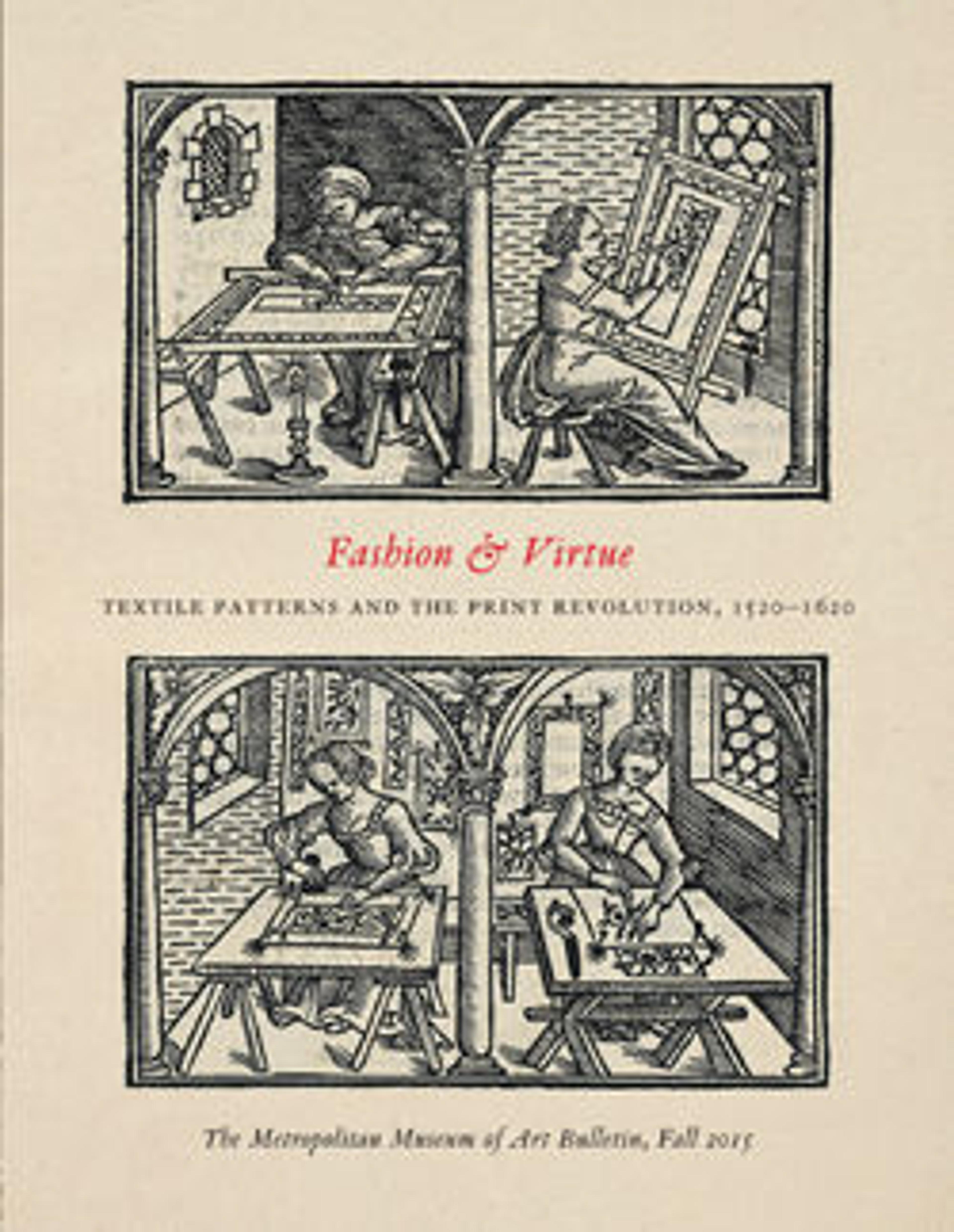Vari disegni di merletti
Bartolomeo Danieli published five books of lace patterns between 1610 and 1639. The early seventeenth century was a key period in the development of early lace techniques. Lacemakers developed both needle and bobbin lace techniques that eliminated the need for a woven base, thus permitting less geometric, more free-flowing and pictorial lace designs. Danieli's designs show a thorough knowledge of these new techniques.
Danieli was not the only Italian producing lace pattern books at this time; at least two other designers of note, Cesare Vecellio and Isabetta Catanea Parasole, also published books during the late sixteenth and early seventeenth century. However, Danieli's work represents the height of Italian lace design, exemplified by the delicacy of his etchings and the opulent patterns.
Danieli was not the only Italian producing lace pattern books at this time; at least two other designers of note, Cesare Vecellio and Isabetta Catanea Parasole, also published books during the late sixteenth and early seventeenth century. However, Danieli's work represents the height of Italian lace design, exemplified by the delicacy of his etchings and the opulent patterns.
Artwork Details
- Title: Vari disegni di merletti
- Artist: Bartolomeo Danieli (Italian, active Bologna and Siena 1610–1643)
- Publisher: Published by Agostino Parisini & Giovanni Battista Negroponte , Bologna
- Published in: Bologna
- Date: 1639
- Medium: Etching
- Dimensions: Sheet: 11 5/8 x 15 3/4 in. (29.5 x 40 cm)
Book: 13 3/8 × 19 5/16 in. (34 × 49 cm) - Classifications: Books, Ornament & Architecture
- Credit Line: Harris Brisbane Dick Fund, 1937
- Object Number: 37.47.2(1–13)
- Curatorial Department: Drawings and Prints
More Artwork
Research Resources
The Met provides unparalleled resources for research and welcomes an international community of students and scholars. The Met's Open Access API is where creators and researchers can connect to the The Met collection. Open Access data and public domain images are available for unrestricted commercial and noncommercial use without permission or fee.
To request images under copyright and other restrictions, please use this Image Request form.
Feedback
We continue to research and examine historical and cultural context for objects in The Met collection. If you have comments or questions about this object record, please contact us using the form below. The Museum looks forward to receiving your comments.
